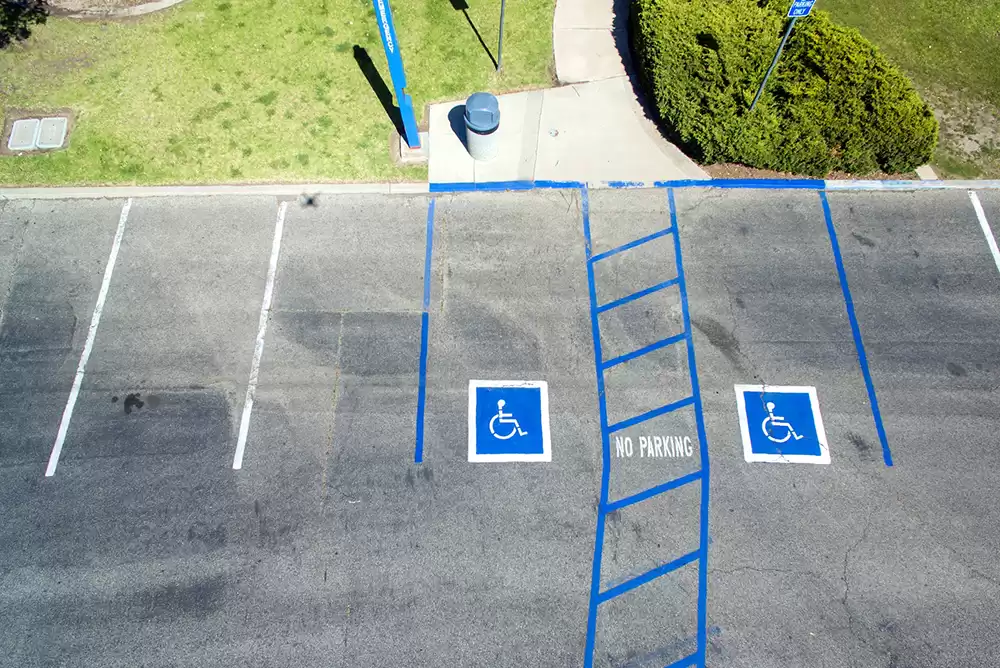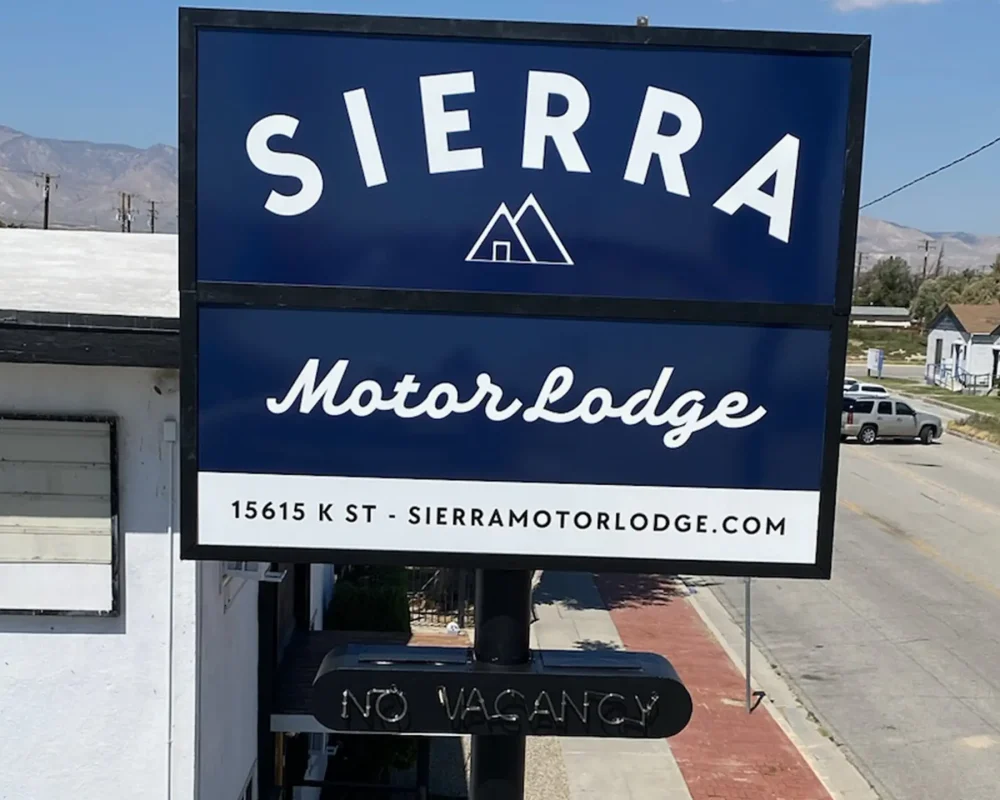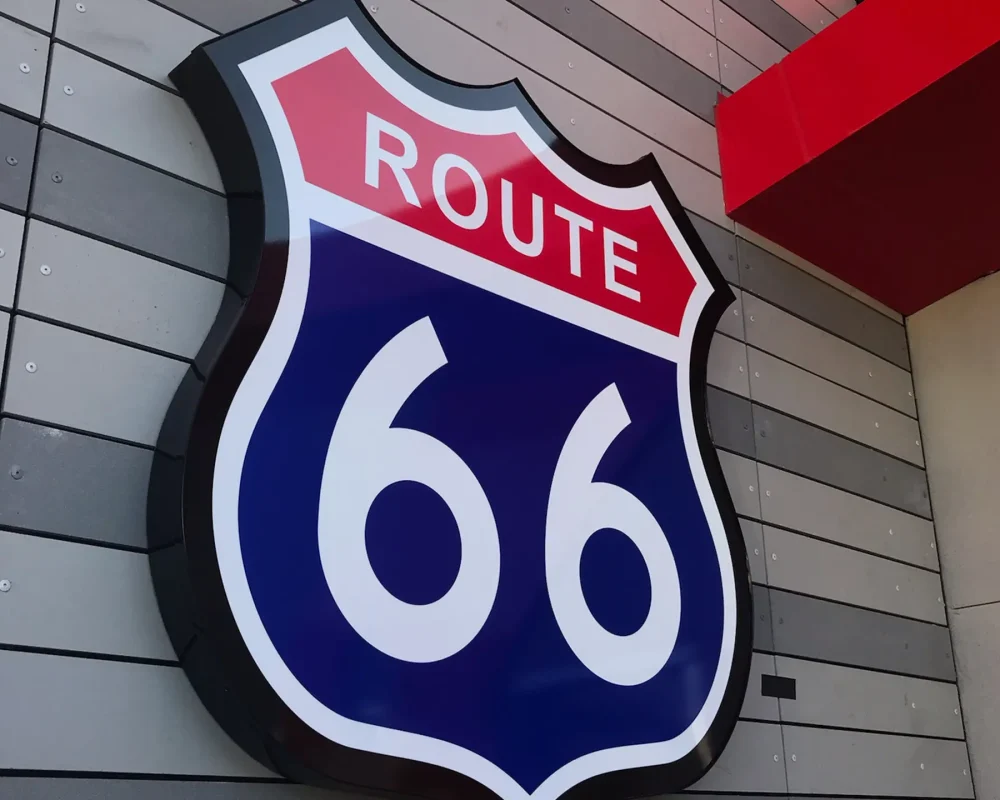ADA stands for Americans Disability Act, which includes federal mandates for businesses in the United States. All ADA signs must be put in place for those who are blind or visually impaired. These signs allow persons with disabilities to easily identify which room is which when they are inside a publicly accessible building.
As one might imagine, ADA compliant room signs have a fair number of requirements that businesses have to meet to comply with ADA standards. The ADA law requires both state and local governments, businesses, and nonprofit organizations that serve the public to accommodate persons with disabilities. This discussion will go over the differences between ADA compliance and ADA certification.
What is ADA Compliance?
A property is considered ADA compliant upon completion of a rigorous CASp certification program. This entails working with an ADA coordinator and going through all the accessibility requirements for your particular building. The next step is to make necessary changes to bring the property up to compliance. Your ADA coordinator will then come to re-inspect the property, ensuring you have met all the requirements.
Finally, the CASp will send a letter stating you meet all the applicable standards. This document is often considered the gold standard for ADA accessibility, in turn giving you the utmost protection against an ADA lawsuit.
What is ADA Certified?
The ADA certification program is essential, but only doing this part of the process will still leave you vulnerable to a possible ADA lawsuit. To become an ADA certified property, you must hire an ADA expert to conduct an inspection. They will then verify if everything in the building and on the property is up to code or not.
Once you have satisfied the requirements, a certification letter will be delivered stating you have had your property inspected. Be aware that this is not the be-all-end-all of ADA compliance, but it does hold value nonetheless.
Should I Get ADA Certified?
An ADA certificate will help reduce penalties for both builders and business owners. Being ADA certified is the first step you can take to prevent ADA lawsuits.
Signage and ADA Compliance
A crucial element of ADA compliance is having all the requisite signs put in place. The following types of ADA signage should be used in publicly accessible buildings:
- ADA Restroom Signs
- ADA Hotel Room Signs
- ADA Exit Signs
- ADA Elevator Signs
- ADA Floor Signs
- ADA Wall Signs
- ADA Door Signs
- ADA Room Number Signs
- ADA Classroom Signs
Our trained experts have years of experience making custom ADA signs for all types of businesses in Southern California. Request a quote from Resource 4 Signs today. You can count on us to make all of your ADA compliant interior signs for your business.





